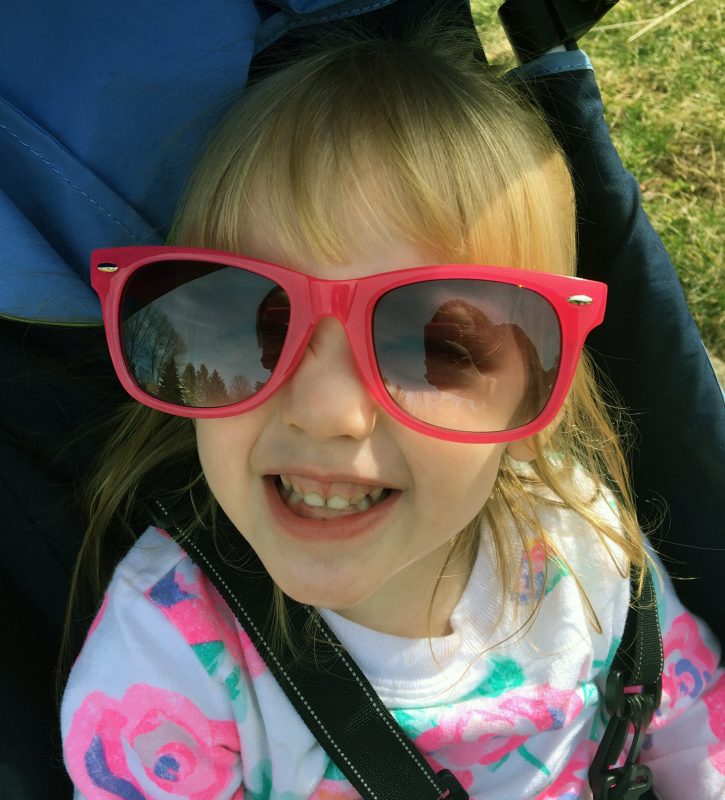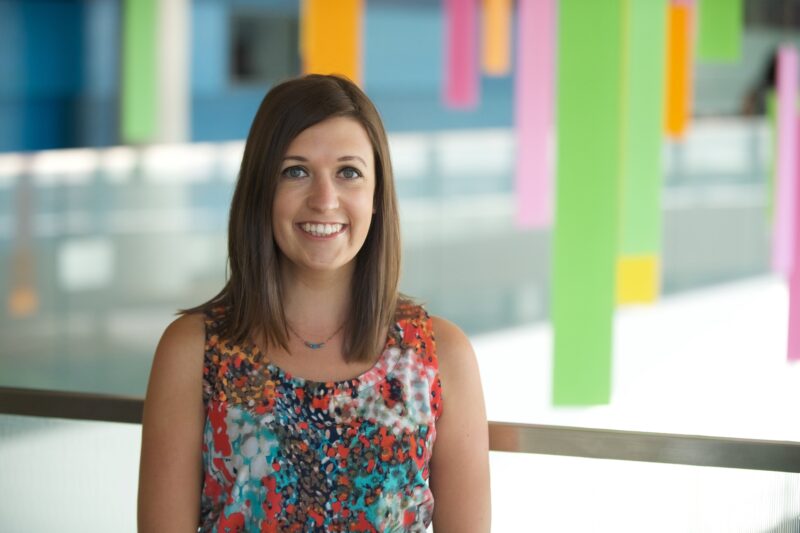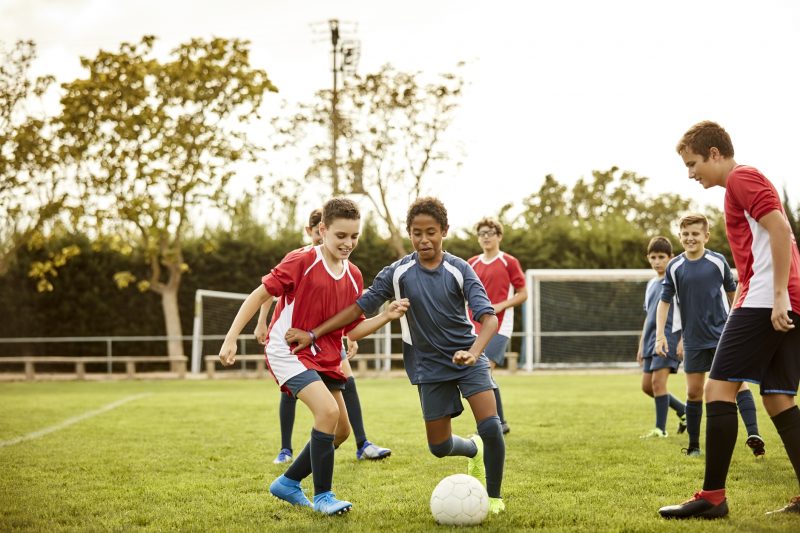
It can be a struggle to get adequate sunshine in Northeast Ohio, and that can lead to concerns about Vitamin D insufficiency.
Craving some sunshine? You may think you need those elusive rays of good cheer in the winter for a psychological boost. But sunshine also affects our vitamin D levels – then that, in turn, can affect our bones and many other aspects of our health.
“Vitamin D is a hot topic right now,” said Lindsay Bailey, RD/LD, a dietitian at Akron Children’s. “We all know that vitamin D is the sunshine vitamin, and we metabolize it through sunshine. But we live in Northeast Ohio and don’t see a lot of sunshine, especially during the winter. So it’s important to rely on food and supplemental sources to get our vitamin D.”
According to Dr. William Schrader, a pediatric orthopedic surgeon at Akron Children’s, both calcium and vitamin D are necessary for proper bone health and strength, including growth and injury prevention.

Dr. William Schrader, pediatric orthopedic surgeon
Research also suggests vitamin D may be beneficial in improving immune function, preventing upper respiratory infections, reducing the risk of allergies, and preventing scoliosis and osteoporosis, in addition to other potential health benefits.
Vitamin D absorption, research also shows, is not as efficient for people who have darker skin and typically gets less efficient as we age.
Bailey said most Ohioans probably have an insufficient vitamin D levels. This can be confirmed by a simple lab test ordered by a pediatrician or primary care physician.
Dr. Schrader said most kids do not need to be tested for vitamin D unless they are high risk. Risk factors include children with cystic fibrosis, Crohn’s disease and those on seizure medications, which may interfere with vitamin D absorption. Obesity may minimize available circulating vitamin D, and children with liver and kidney disease may also be at risk.
“A child with frequent, low energy fractures, especially of the long bones (femur, tibia, spine) should be considered high risk and tested,” Dr. Schrader said. “Fractures caused by high energy activity (sports, falls from heights, major trauma) are not usually an indication of poor bone health.”
Breast milk usually does not provide all the vitamin D a baby needs, so breastfed babies – and those who receive both breast milk and formula – will need a supplement of 400 IUs of vitamin D beginning shortly after birth. Babies who are receiving only infant formula do not need vitamin D supplementation.
Good food choices
Some foods that are naturally high in vitamin D include wild (not farm-raised) salmon, eggs (especially the yolk), mushrooms, and beef liver. Other fishes – tuna, mackerel, herring and sardines – are also good sources.
Many foods are fortified with vitamin D, but you have to read labels closely. Dairy and plant-based milks may have added vitamin D, as well as cereals, juices and dairy products.
“Don’t assume just because it’s a dairy product that there’s vitamin D in there,” said Bailey. “I looked at several popular brands of yogurt and some had Vitamin D and others had none.”

Lindsay Bailey, licensed, registered dietitian
Supplements
Taking a multivitamin with vitamin D may help adults and children meet their recommended daily needs. The recommended daily amount of vitamin D is 400 international units (IU) for children up to age 12 months, 600 IU for people ages 1 to 70 years, and 800 IU for people over 70 years.
Parents should consult with their child’s pediatrician before starting a supplement and to ensure proper dosing.
Vitamin D supplements can be found over the counter at most pharmacies and grocery stores. Gummy varieties may be more appealing to children.
Just one key to healthy bones
According to Dr. Schrader, calcium and vitamin D and a healthy diet are not the only keys to promoting healthy bones in children.
The other is activity. Bones need to move and, that pounding on the ground, whether during a jog or soccer match or game of tag help bones become strong and dense.
“Think about the astronauts up in space in low gravity,” said Dr. Schrader. “Their bone strength rapidly decreases due to lack of normal stress on the bones.”

Regular exercise is a key to building healthy bones.
Daily activity is essential. This includes sports, dance, and recreational activities.
TV and computer time are fine in moderation. But, if it starts becoming the norm, it might be time for parent intervention and planning of family hikes, bike rides, and other activities to get kids moving. Everyone’s bones will be all the better for it.










